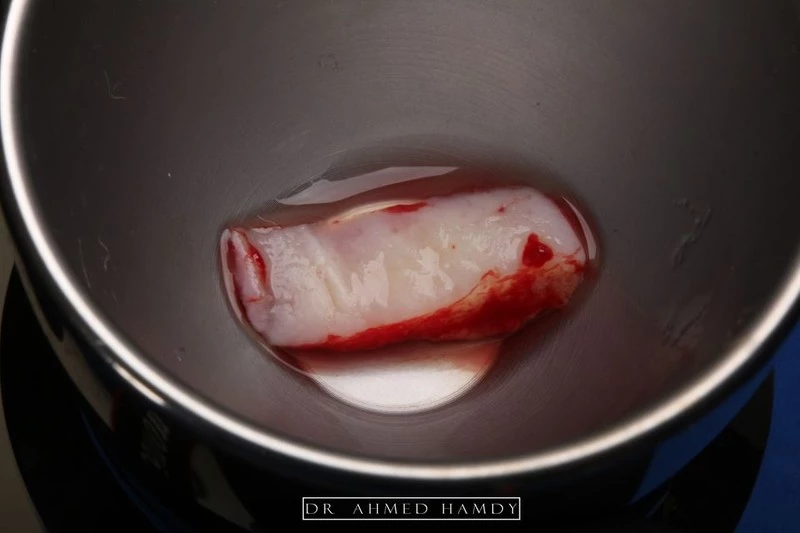Adapting Gingival Grafting Surgeries
Osteo-integration of dental implants is not the only factor for successful implant procedure. Maintaining soft-tissue profile and interdental papillae are also responsible for establishing stable, esthetic results of implants; and failure to restore soft tissues around the implant(s) contributes to functional, esthetic and even phonetic complications in addition to hygienic challenges and future recession.
Maintaining soft tissues can be achieved through a number of surgical and/or prosthetic techniques done before or during implant surgery. Such approaches include sparring papillary incision, minimally invasive extraction as well as immediate placement of implants with provisional and platform switching. The aim of such methods is to build sufficient soft tissues and to create an esthetic gingival restoration around the implant(s).
An adequate band of keratinized gingival tissue is needed for long-term, esthetic and functional dental implant since the blood supply to the implant is considerably limited than adjacent teeth making dental implants more susceptible to infection and failure. In case of insufficient keratinized tissues around an implant, keratinized gingival graft will be needed.
Gingival graft is a more demanding procedure for noncompliant patients or patients with chronic inflammation in spite of oral hygiene efforts or in case of uncontrollable gum recession. The most common grafting surgeries include free gingival graft or subepithelial connective tissue graft.

“Photo from Casemasters.com“
Research work in this area is directed to maintain gum health by xenograft materials such as xenogenic bioabsorbable collagen matrix and living cellular construct and fixing them onto the gum through vacuum-formed stent or periodontal dressing. The potential advantages of such technique are among eliminating the need for donor site and reduced surgical time; in addition, additives cab be placed in the graft materials to enhance blood supply in the surgical site and to give more natural appearance and more esthetic results.

